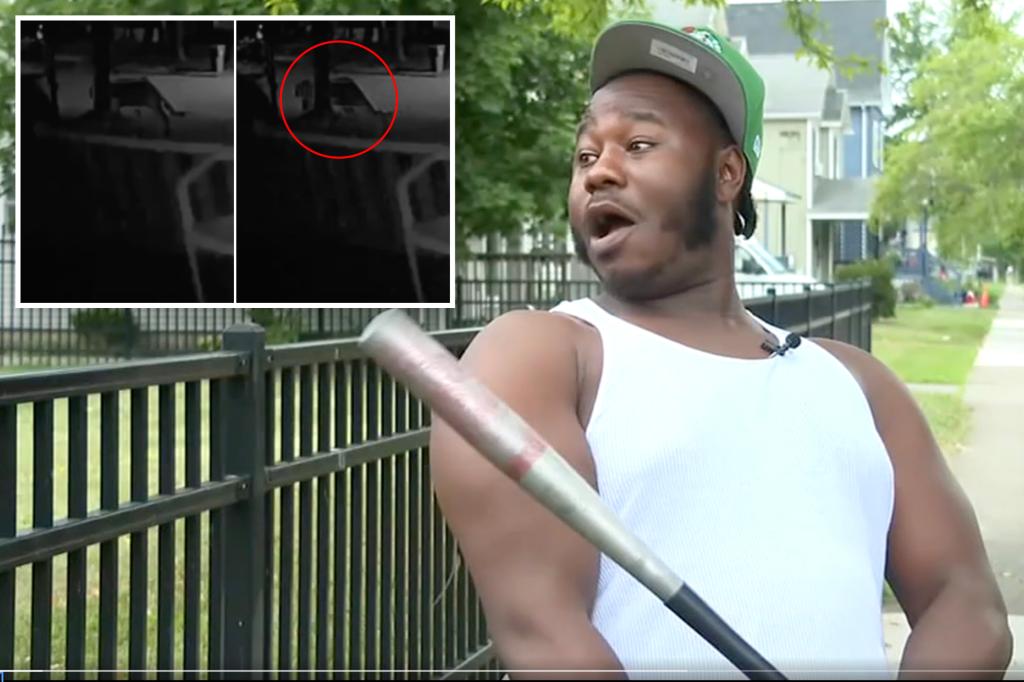In a shocking discovery that highlights the ongoing threat of illegal gun manufacturing, authorities in Ventura County recently made a series of arrests that have raised new concerns over the involvement of youth in criminal activities. Two teenagers and an adult male were taken into custody for their roles in an underground operation that not only put their lives at risk but also had serious implications for public safety. The bust has prompted questions regarding the ease with which firearms are being illegally produced and distributed in communities across the country. This article takes a deeper dive into the details of the Ventura County gun manufacturing operation, the growing involvement of young individuals in criminal enterprises, and the wider societal impact of such illegal activities.
The Arrests and Operation Details
In early November 2024, a coordinated effort between local law enforcement and federal agencies led to the arrest of three individuals allegedly involved in the illicit manufacturing of firearms in Ventura County, California. Among the suspects were two teenagers, aged 17 and 16, and a 32-year-old male. The investigation revealed that the group had been operating a clandestine workshop where they produced firearms without proper licensing or oversight. Authorities seized numerous firearms, tools used for machining parts, and raw materials intended for further production.
The operation, which authorities described as “highly sophisticated,” utilized 3D printing technology and other tools to fabricate ghost guns—untraceable firearms without serial numbers. Ghost guns have become a growing concern for law enforcement across the United States, as they bypass traditional gun control measures such as background checks, making it easier for prohibited individuals to obtain firearms.
The Growing Threat of Ghost Guns
Ghost guns are a central focus of many ongoing law enforcement investigations, and their rise has become a major issue in the United States in recent years. The term “ghost gun” refers to firearms that are assembled from parts, many of which can be legally purchased online or in stores, with no serial number or other identifying markings. These weapons are difficult for law enforcement to trace, making them highly attractive to criminals.
- Legal Loopholes: The parts and kits used to assemble ghost guns are often legal to buy, even though the end product is illegal in many states. This creates a significant gap in the ability of law enforcement to control the proliferation of these weapons.
- Increased Risk: Ghost guns are increasingly being used in crimes, including shootings and gang violence, as they are easier to obtain for those who may not pass a background check.
- Technological Advances: With advancements in 3D printing technology, it is now easier than ever for individuals to manufacture firearms at home, raising concerns over the ease of access and the lack of regulation surrounding these technologies.
The Involvement of Youth in Criminal Activities
What makes this particular case even more alarming is the involvement of teenagers. Traditionally, crime syndicates and illegal activities have been associated with adult offenders, but the increasing involvement of young people in such operations is becoming a disturbing trend. Experts have long warned about the vulnerability of youth to criminal influences, especially in communities where economic opportunities are limited and where gang culture is prevalent.
In the case of the Ventura County gun manufacturing bust, the two teenagers were reportedly recruited by the older suspect. While their motivations remain unclear, many experts argue that young people are often drawn into criminal enterprises by a combination of peer pressure, a desire for financial gain, and the allure of gaining respect or status within their communities.
The Role of Social Media and Peer Influence
Social media platforms have played a significant role in facilitating illegal activities, including the trafficking of firearms and recruitment into criminal enterprises. Many young people are exposed to content that glamorizes illegal behavior or provides step-by-step guides on how to manufacture weapons. These platforms can serve as both a marketplace for illegal goods and a tool for connecting like-minded individuals.
Furthermore, peer pressure among adolescents and young adults can lead to risky behavior. The sense of belonging and camaraderie that comes with being involved in a criminal network can be particularly enticing to vulnerable youth, who may feel marginalized or alienated from mainstream society.
The Broader Implications for Public Safety
While the arrest of the Ventura County suspects is a significant step in addressing the issue of illegal gun manufacturing, it raises broader concerns regarding the state of public safety. With firearms—both legal and illegal—being produced and circulated without oversight, law enforcement agencies are struggling to keep pace with the evolving methods of illegal gun production and distribution.
In California, a state with some of the strictest gun laws in the country, authorities are seeing a growing number of ghost guns being used in crimes. In response, lawmakers have introduced various pieces of legislation aimed at tightening restrictions on the sale of parts used in the manufacturing of ghost guns. However, some critics argue that these measures may not go far enough, especially given the ease with which people can access the necessary components to create firearms at home.
The Role of Law Enforcement in Combatting Illegal Firearms
For law enforcement, the challenge of combating illegal gun manufacturing is multifaceted. Not only do they have to deal with the increasing sophistication of firearm production, but they also have to contend with the evolving nature of criminal networks that facilitate such activities. Many illegal operations are highly decentralized, with individuals operating independently or in small groups. This makes them harder to track and disrupt.
- Collaboration Across Agencies: To combat illegal firearms manufacturing effectively, local, state, and federal agencies must work together, sharing intelligence and resources to prevent the spread of these illegal weapons.
- Education and Prevention: Addressing the root causes of youth involvement in criminal activities is equally important. Educational programs, community outreach, and efforts to provide alternative paths for at-risk youth can reduce the likelihood of young people turning to illegal enterprises.
- Technology and Innovation: As 3D printing technology becomes more prevalent, law enforcement agencies are also turning to technology to track and prevent the illegal use of such tools in firearms production. Developing new methods for detecting ghost guns and increasing penalties for their possession is one potential avenue for change.
Conclusion: Addressing the Crisis
The recent arrests in Ventura County serve as a stark reminder of the growing threat posed by illegal gun manufacturing and the increasing involvement of young individuals in such activities. As firearms, particularly ghost guns, continue to circulate unchecked in many communities, the need for a coordinated response from law enforcement, legislators, and communities is more urgent than ever.
While efforts to crack down on illegal firearms manufacturing are underway, much more needs to be done to address the root causes of youth involvement in crime. Only through a combination of stricter regulations, enhanced law enforcement collaboration, and targeted youth outreach programs can society hope to mitigate the risks posed by illegal firearms and reduce the number of young people being drawn into dangerous criminal enterprises.
For more information on how local law enforcement is working to combat illegal gun production, visit The U.S. Department of Justice. You can also learn more about the growing problem of ghost guns by visiting BBC News – Technology Section.
See more NY Times Report



